 Nissan’s electric Leaf stole the 2010 limelight. But not for long, says Jesse Crosse
Nissan’s electric Leaf stole the 2010 limelight. But not for long, says Jesse Crosse
Battery evs may have stolen the headlines in 2010, but hear this: they are NOT the future of motoring. Major car manufacturers agree that hydrogen fuel-cell electric vehicles (FCEV) ‘remain the end game’ for the long-term, which will be made feasible in Europe by a massive investment in hydrogen filling stations.
GM has just revealed that its first FCEV will go on sale in 2015, while a senior source at Mercedes told CAR that hydrogen ‘is still our long-term goal’. BMW is also among those showing
fuel-cell concepts.
Fuel cells generate electricity to power an electric drivetrain and in place of a large battery, compressed hydrogen tanks store energy. Re-filling takes three minutes and is just like using a petrol pump.
Fuel cells convert hydrogen and airborne oxygen into electricity producing only heat and water as by-products. Major development challenges such as durability, cost and cold starting are gradually being surmounted. Triggered by a platinum catalyst, fuel cells work by allowing the passage of positively charged hydrogen ions through a Polymer Electrolyte Membrane (PEM). The negative ions are left to travel through an external circuit, creating an electric current. The latest GM version uses a small 1.8kWh battery as a buffer providing boost for acceleration, reducing the transient load and increasing durability.
 GM says its development units are lasting 1,30,000 kilometers today and by 2015 that will increase to 20 lakh kilometers. Weight will be cut by half as will the volume, matching a combustion engine when it comes to packaging and ultimately cost too. As for the cars, GM has given up its futuristic vision of a bespoke ‘skateboard’ architecture and plans to install its fuel cell powertrain in series production models. Hydrogen is already produced through oil refining and ammonia production at the rate of 50 million tonnes a year, enough to fuel 300 million fuel-cell cars. Later, sustainable production methods will include solar, wind and hydroelectric power and distribution will switch to pipeline. In Europe the planned first phase of 900 hydrogen filling stations will support 10,000 hydrogen cars, increasing to between 13,000 and 20,000 stations by 2020.
GM says its development units are lasting 1,30,000 kilometers today and by 2015 that will increase to 20 lakh kilometers. Weight will be cut by half as will the volume, matching a combustion engine when it comes to packaging and ultimately cost too. As for the cars, GM has given up its futuristic vision of a bespoke ‘skateboard’ architecture and plans to install its fuel cell powertrain in series production models. Hydrogen is already produced through oil refining and ammonia production at the rate of 50 million tonnes a year, enough to fuel 300 million fuel-cell cars. Later, sustainable production methods will include solar, wind and hydroelectric power and distribution will switch to pipeline. In Europe the planned first phase of 900 hydrogen filling stations will support 10,000 hydrogen cars, increasing to between 13,000 and 20,000 stations by 2020.
Having completed almost 1.2m miles of fleet trials, GM says 72% of drivers were ‘very satisfied’ and 28% ‘satisfied’ with their Equinox FCEVs. The availability of petrol will ultimately limit the life for hybrids, but could the production of EVs in large numbers detract from this vision of a world fuelled by hydrogen? One GM specialist thinks that because of range and cost limitations, ‘the battery EV will ultimately disappoint.’ He has a point. A European research project puts the cost of installing 750,000 charging points to support one million EVs at Rs. 186bn, yet that would pay for 2000 hydrogen filling stations, supporting 4m fuel-cell vehicles.
Captions:
GM’s fuel-cell powered Equinox: it’s out there, and it works




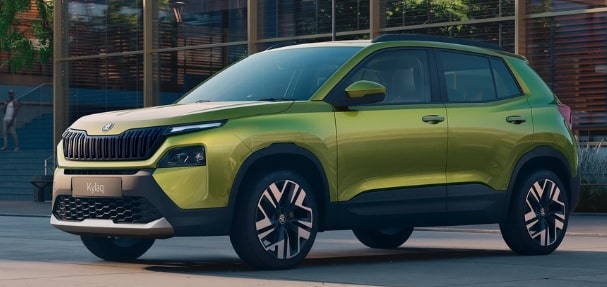
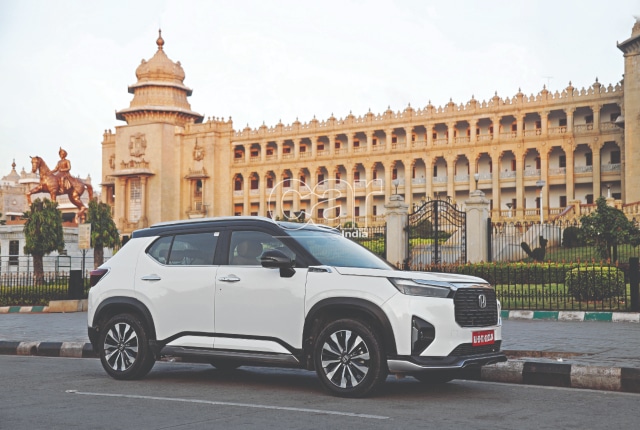
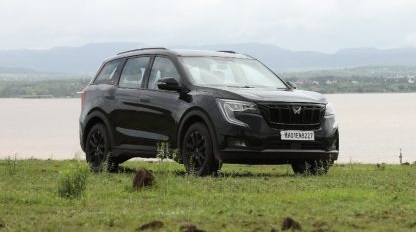

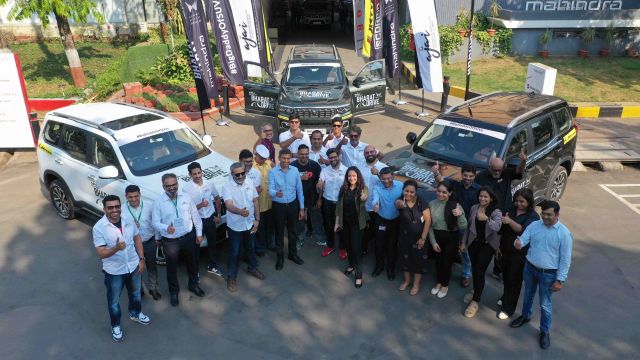
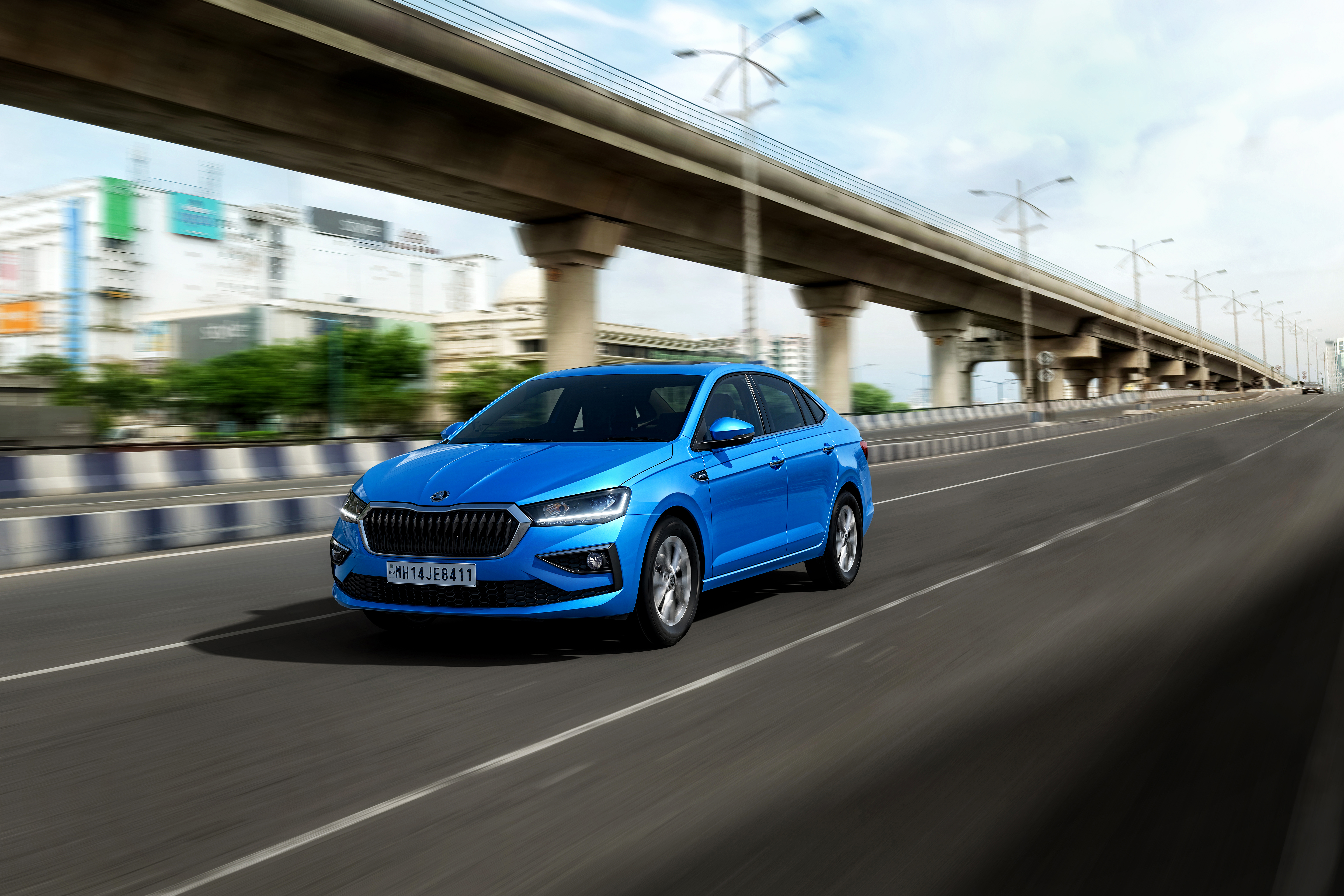
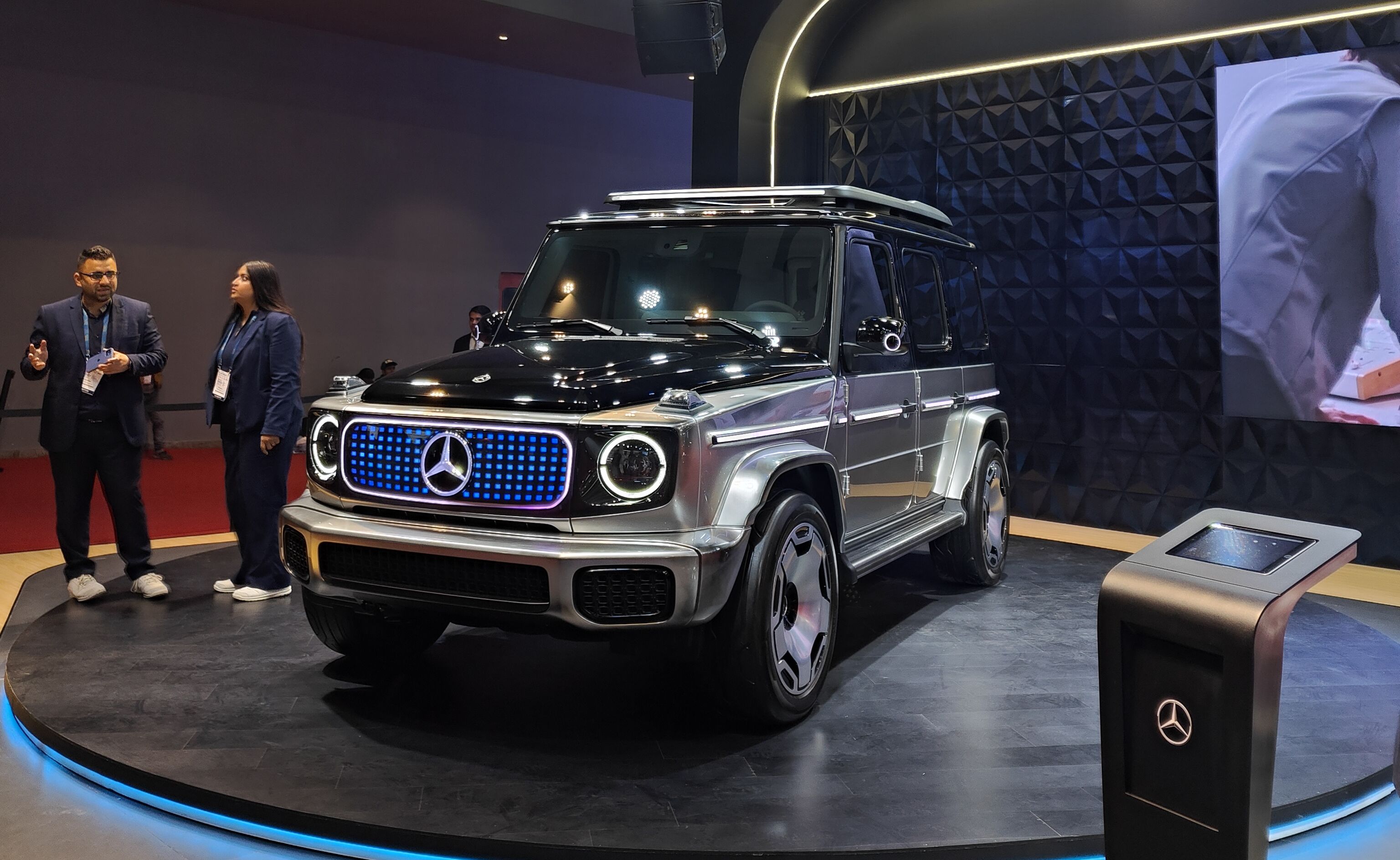

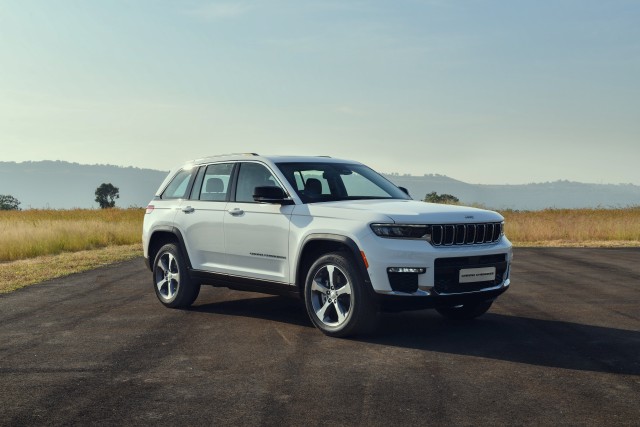
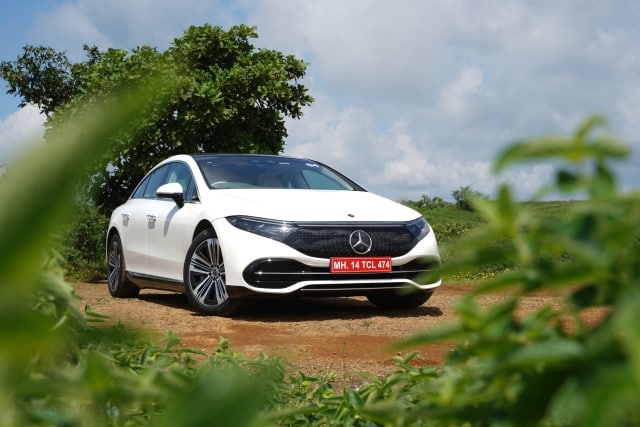
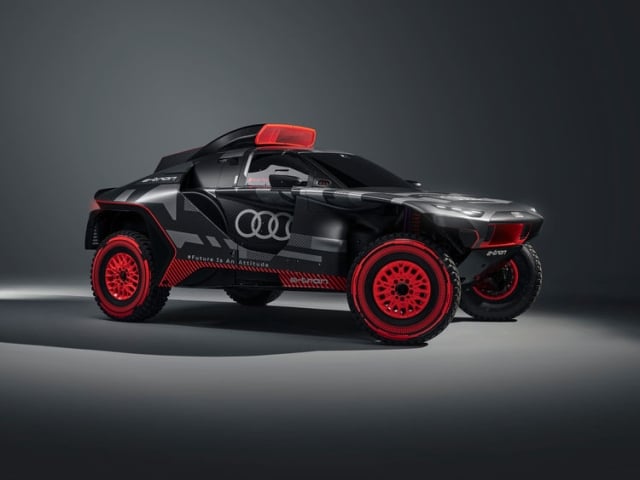
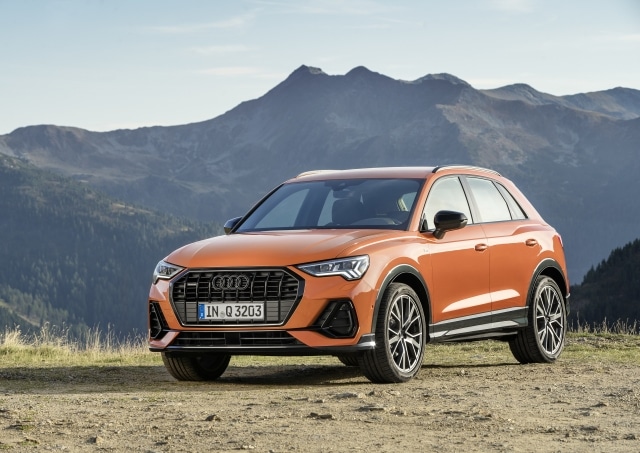




Leave a Reply